1. Gilman, Colorado
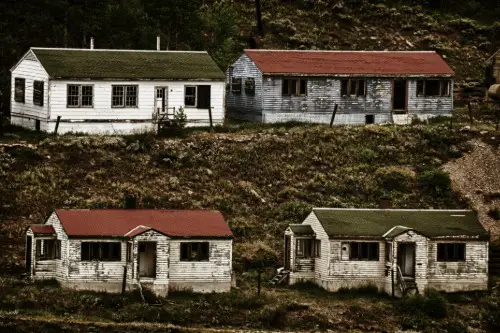
This former mining town in the Rockies saw its last boom in the mid-20th century. But once the zinc mine closed in 1984 due to environmental concerns and EPA orders, it was game over. With no other industry to fall back on, the entire town was evacuated and abandoned, according to Kenneth Jessen from Loveland Reporter-Herald. Gilman became a Superfund site—an expensive label no town wants.
The sudden loss of mining income meant the local economy didn’t just shrink—it flatlined. Shops shuttered, homes were abandoned, and public funding dried up. There was no way to maintain infrastructure or services. Now, Gilman stands as a ghost town on a cliff, slowly crumbling into history.
2. Cairo, Illinois

Cairo sits at the confluence of the Mississippi and Ohio Rivers—prime real estate, right? But decades of racial tension and economic decline gutted this once-thriving port town. By the 1960s, racial unrest led to boycotts and violence that decimated local businesses. Industry left and never came back, according to Mark Hotz from Numismatic News.
As the population dwindled, so did tax revenues, and public services fell apart. Schools shut down, and public housing deteriorated to dangerous levels. In 2017, the federal government decided to tear down two major housing complexes due to neglect. Cairo is now one of the poorest and most depopulated towns in Illinois.
3. Love Canal, New York
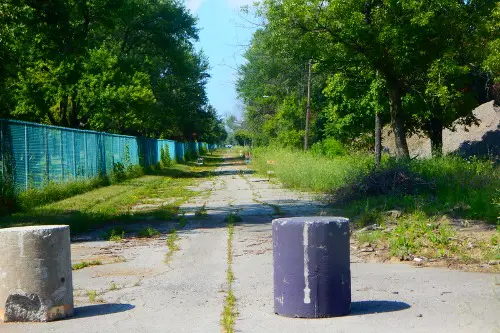
Love Canal was once a quaint neighborhood in Niagara Falls, but its nightmare began when people found out it was built on a toxic waste dump. In the late ’70s, chemicals started surfacing in backyards and basements, causing health crises, according to Jesse McKinley from The New York Times. The community quickly unraveled as people fled and lawsuits mounted. Property values tanked, and so did the local economy.
The city was unable to support the abandoned area and eventually received federal assistance to relocate residents. With no one left to tax, the financial infrastructure collapsed. What remained of Love Canal became a cautionary tale for environmental negligence. It’s still cited today in debates over hazardous waste laws.
4. Centralia, Pennsylvania
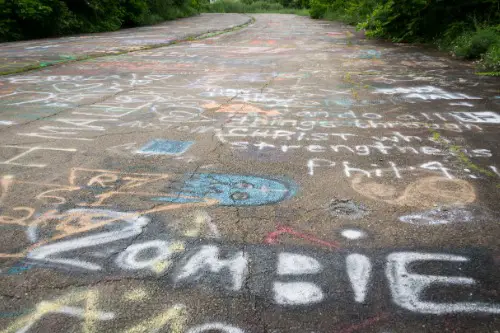
Centralia didn’t just go broke—it practically vanished, according to Katie Serena from All That’s Interesting. In 1962, a coal mine fire ignited beneath the town and has been burning ever since, releasing toxic gases and making the ground unstable. As the danger grew, residents were forced to evacuate, and by the 1990s, the government invoked eminent domain. What was once a thriving mining community became a ghost town with only a handful of residents holding on.
The town’s budget collapsed along with its population. Schools closed, businesses left, and the tax base disappeared overnight. With no way to support basic services, Centralia effectively went broke. Today, it’s mostly known for the eerie smoke rising from cracks in the ground and as inspiration for the video game Silent Hill.
5. Bodie, California
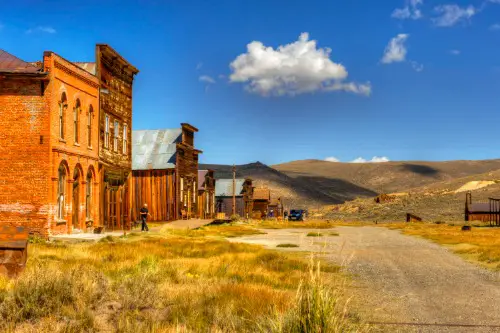
Once a booming gold rush town with a population of 10,000, Bodie quickly declined after its mines dried up in the early 20th century. The final economic blow came in the 1940s when even the last profitable mine closed. Without that revenue, businesses collapsed, and residents moved on. There simply wasn’t anything left to support daily life, according to Harry Sherrin from History Hit.
The town’s economy was so tied to gold that its fall was inevitable once the gold was gone. There was no agriculture, no tourism, nothing else to keep it afloat. Eventually, Bodie was abandoned and later preserved as a state historic park. Now it’s a frozen-in-time destination, but financially, it’s long been bankrupt.
6. Picher, Oklahoma
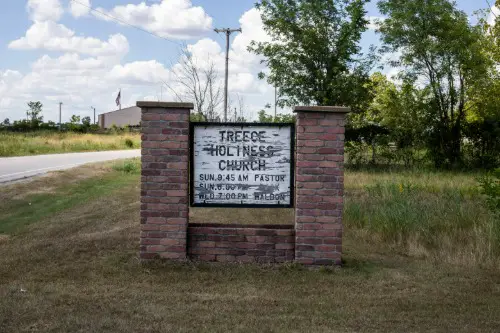
Picher was once one of the country’s most productive lead and zinc mining towns, part of the Tri-State Mining District. But decades of unregulated mining left the land unstable and the water poisoned. In the 2000s, sinkholes began appearing, and toxic lead levels in children soared. The federal government declared it a Superfund site and began relocating residents.
When nearly everyone left, the town’s economy dissolved in a flash. Schools closed, businesses folded, and the city council eventually disincorporated the town in 2009. What was once a bustling little hub became a no-go zone. Even the post office shut down.
7. Thurmond, West Virginia
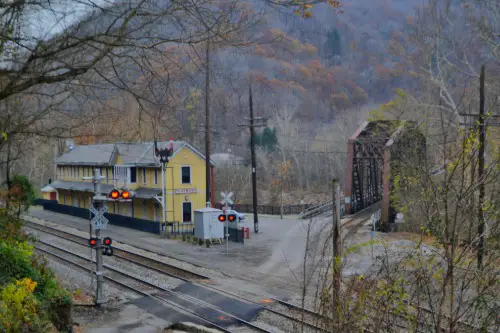
Thurmond was once a coal town with so much money flowing in, its banks were among the richest in the state. But when coal demand dropped and railroads rerouted, Thurmond’s lifeline disappeared. The population dropped sharply during the mid-20th century, and the economy dried up. Eventually, almost all businesses and homes were abandoned.
Without people, there were no taxes, and the town couldn’t afford to maintain itself. Services disappeared, and buildings fell into disrepair. Today, Thurmond is managed by the National Park Service and has fewer than 10 residents. The local government, such as it was, couldn’t keep up and folded.
8. Times Beach, Missouri
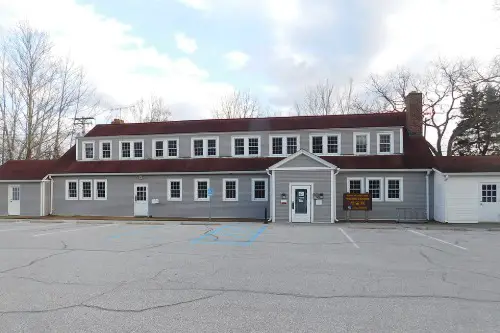
In the early 1980s, Times Beach became infamous for a chemical disaster that few saw coming. A contractor sprayed dioxin-laced oil on roads to control dust, unknowingly contaminating the entire town. When the EPA confirmed the danger, the government evacuated and bought out all 2,000 residents. The entire community vanished practically overnight.
With no people, there was no local economy left. The town was officially disincorporated in 1985, and public funds were redirected to cleanup. What had been a peaceful riverside town became a toxic wasteland. Today, it’s a state park with no trace of the old neighborhood.
9. Playas, New Mexico
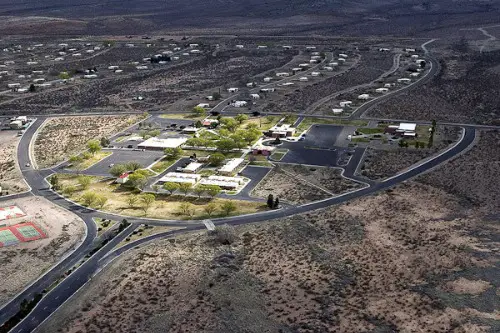
Playas was built in the ’70s as a company town for miners working for Phelps Dodge. But when the mine closed in the late ’90s, the company sold the town—and it emptied fast. The economy was entirely tied to that one employer, and when it left, so did the money. Suddenly, there was no reason for anyone to stay.
The town was eventually purchased by the Department of Homeland Security for training exercises. While technically still intact, it’s no longer a functioning town with residents or a tax base. Playas became a kind of financial ghost town, existing only for government simulations. What was once a close-knit mining community became an eerie shell.
10. Empire, Nevada

Empire was a classic company town built around a gypsum mine. When the mine shut down in 2011, the town’s primary employer and economic driver disappeared instantly. Most of the residents, who worked for the company, had to pack up and leave. Schools closed, the store shut down, and even the ZIP code was discontinued.
Without the company, Empire had no economic backbone. The infrastructure collapsed quickly, and maintenance halted. It was completely uninhabited for several years until the mine reopened under new ownership. Even now, it’s a fraction of what it once was.
11. Detroit, Oregon

This tiny lakeside town in Oregon faced a rapid downfall in 2020 after the Beachie Creek Fire swept through and destroyed most of it. Almost all the homes and businesses were wiped out in a matter of hours. The tourism-based economy, built around nearby Detroit Lake, vanished in the blaze. With buildings gone and no visitors, the town’s income tanked.
Emergency aid helped with recovery, but the damage to infrastructure was too deep for a quick rebound. Residents were displaced, and many never returned. Tax revenue dropped to near zero, putting the town’s finances in crisis. While rebuilding efforts are underway, it still feels like a town knocked out in one terrible night.
12. Keeler, California
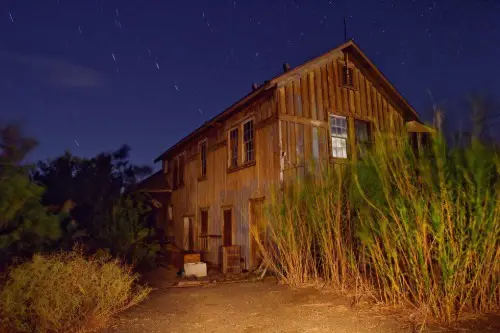
Keeler had its heyday in the 1800s thanks to silver mining and a rail line that ran through town. But when the Owens Lake dried up (due to water being diverted to Los Angeles), it left behind toxic dust storms that made the place nearly unlivable. Tourists stopped coming, residents fled, and businesses shuttered. The train tracks were eventually pulled up.
Without tourism or mining, the town’s budget dried up fast. Keeler now has a population of under 100 and very limited public services. It’s mostly retirees and desert wanderers holding down the fort. Local government functions are barebones at best.
13. Gary, Indiana
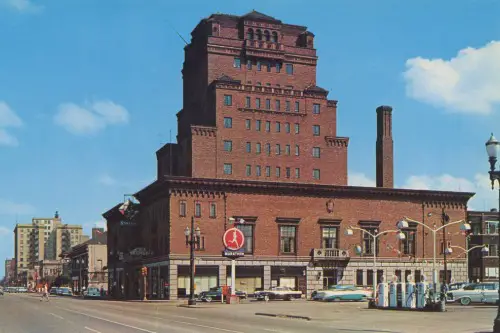
Gary was once a steel town powerhouse, home to tens of thousands of workers and a symbol of American industry. But when the steel industry started collapsing in the 1970s and 1980s, so did Gary’s fortunes. Jobs vanished, people moved out, and the tax base shriveled. The city couldn’t maintain services or keep up with crime and blight.
Whole neighborhoods are now abandoned, with boarded-up homes and empty schools. Despite ongoing efforts to revitalize the city, Gary’s financial woes are far from over. At one point, over a third of the city’s properties were vacant. It’s one of the starkest examples of a small city going broke, fast.


